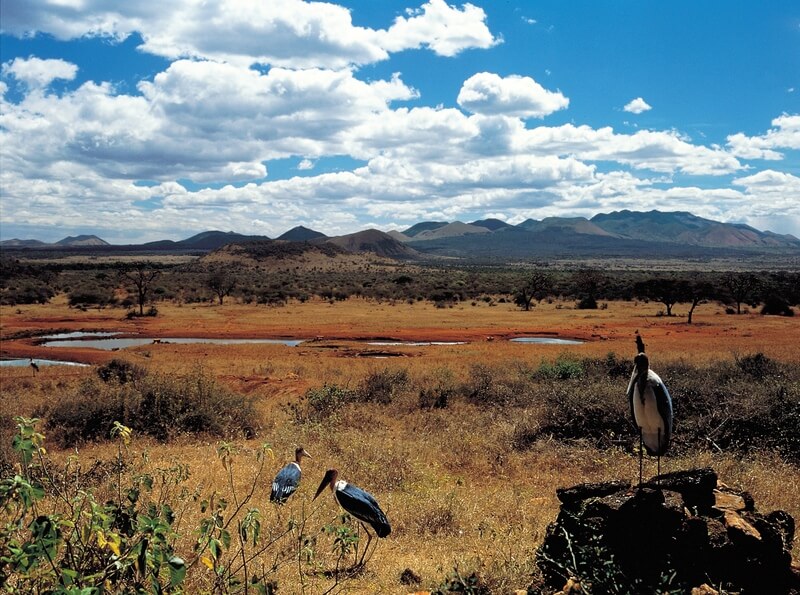OVERTON WILDLIFE AREA PRESERVE
Distance from North Shore Inn:
3 miles
HABITAT: Located in the Mojave Desert, OWMA supports an abundance of fish and wildlife that contributes significantly to the biological diversity of southern Nevada. Desert riparian habitat, associated with the floodplain of the Muddy and Virgin rivers, is extremely important to wildlife populations. The dense shrubbery of desert wash habitat provides food and shelter for small mammals and many species of birds. Numerous wet meadows and ponds dot the landscape, providing food, cover, and water for birds, mammals, reptiles, and amphibians. The deep water of Lake Mead provides habitat for fish, cormorants, and diving ducks, while shallow littoral zones provide feeding areas for puddle ducks and shorebirds.
PUBLIC USES
Wildlife-Related Recreation: Wildlife observation, horseback riding, photography, hiking, and educational activities are some of the wildlife-related recreation available on OWMA. Roads throughout the area provide excellent viewing of wetland-dependent and upland wildlife. A campground and a picnic area also provide a jumping-off point to explore the area.
Hunting: Numerous hunting opportunities are available on OWMA with waterfowl hunting being the most popular hunting activity on the area. Due to crowded conditions, a reservation and assigned hunt location system was developed for the OWMA. During the waterfowl season, hunting is allowed on the developed Moapa Valley portion of the area every other day. Hunters on the developed portion are confined to assigned blind locations. Hunting activity is allowed every day on the Virgin Valley portion of the area. Hunters are also attracted to OWMA for dove, quail, rabbit and turkey. Mourning dove and occasionally white-winged dove are pursued. Hunters are encouraged to review NDOW’s current regulation brochures prior to hunting at OWMA.
Fishing and Boating: The Overton Arm of Lake Mead, which at times can inundate a portion of the OWMA, supports some of the heaviest angler use on any reservoir in the state of Nevada. When a portion of the WMA is inundated by Lake Mead, anglers typically have a fishing preference of largemouth bass, striped bass, black crappie, and channel catfish. Anglers are encouraged to review NDOW’s current fishing regulations prior to fishing at OWMA and should also check on current water levels to determine if fishing is available on the area. Boats are prohibited on ponds within the OWMA but are allowed on that portion of the area that may be inundated by Lake Mead.

